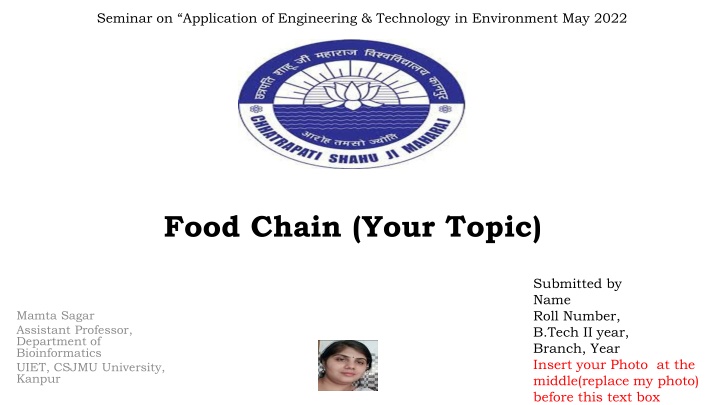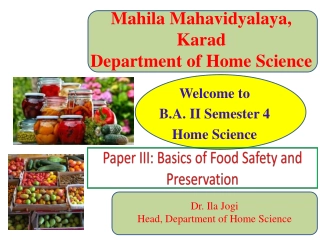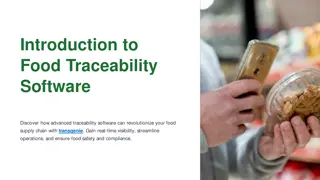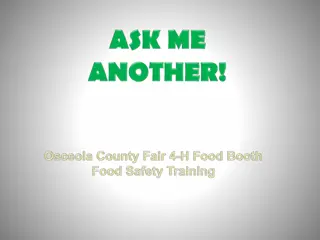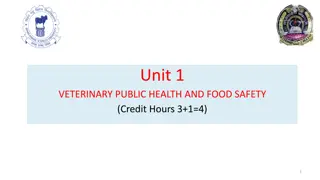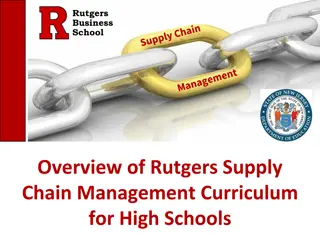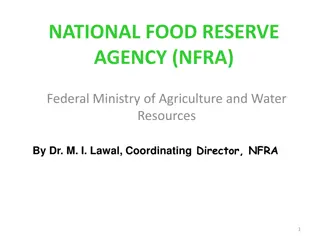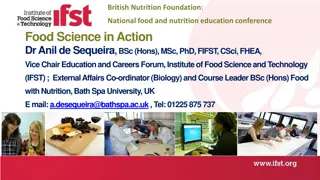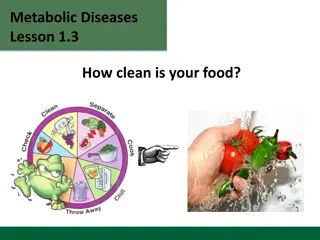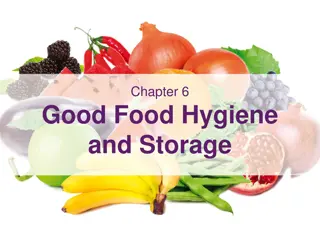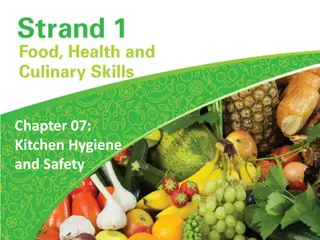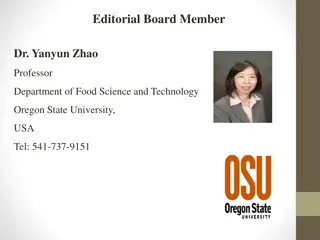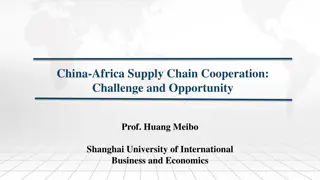Food Chain in Environment: Understanding the Basics
All living organisms rely on food for survival. Learn about food chains, producers, consumers, and decomposers. Explore how plants and animals interact to sustain life in the ecosystem.
Uploaded on Feb 27, 2025 | 2 Views
Download Presentation

Please find below an Image/Link to download the presentation.
The content on the website is provided AS IS for your information and personal use only. It may not be sold, licensed, or shared on other websites without obtaining consent from the author.If you encounter any issues during the download, it is possible that the publisher has removed the file from their server.
You are allowed to download the files provided on this website for personal or commercial use, subject to the condition that they are used lawfully. All files are the property of their respective owners.
The content on the website is provided AS IS for your information and personal use only. It may not be sold, licensed, or shared on other websites without obtaining consent from the author.
E N D
Presentation Transcript
Seminar on Application of Engineering & Technology in Environment May 2022 Food Chain (Your Topic) Submitted by Name Roll Number, B.Tech II year, Branch, Year Insert your Photo at the middle(replace my photo) before this text box Mamta Sagar Assistant Professor, Department of Bioinformatics UIET, CSJMU University, Kanpur
Food Chains: Introduction All living organisms (plants and animals) must eat some type of food for survival. Plants make their own food through a process called photosynthesis. Using the energy from the sun, water and carbon dioxide from the atmosphere and nutrients, they chemically make their own food. Since they make or produce their own food they are called producers. Insert image
Methods Organisms which do not create their own food feed on plants or animals. They are called consumers. Some animals get their energy from eating plants Animals that eat only plants are called herbivores. Animals that eat both plants and other animals are called omnivores. Animals that eat only other animals are called carnivores. Some animals eat only dead or decaying materials and are called decomposers.
Applications Insert reference in each page (source of literature) Insert images wherever it is required , mention source (cite reference)
References Agnihotri Devanshu1* , Sagar Mamta1* and Singh Brijendra1 Challenges and Environmental Impacts of Biomass Energy in South Asia Asian Journal of Biotechnology and Bioresource Technology 5(1): 1-12, 2019; Article no.AJB2T.47286 ISSN: 2457-0125 Howard T. Odum. Trophic structure and productivity of silver springs, Florida.Ecological Monographs. 1957;27(1):106. Fish smart Food Chains and Food Webs, https://www.epa.gov sites files documents Food Chain and Food Web - JNKVV http://www.jnkvv.org
